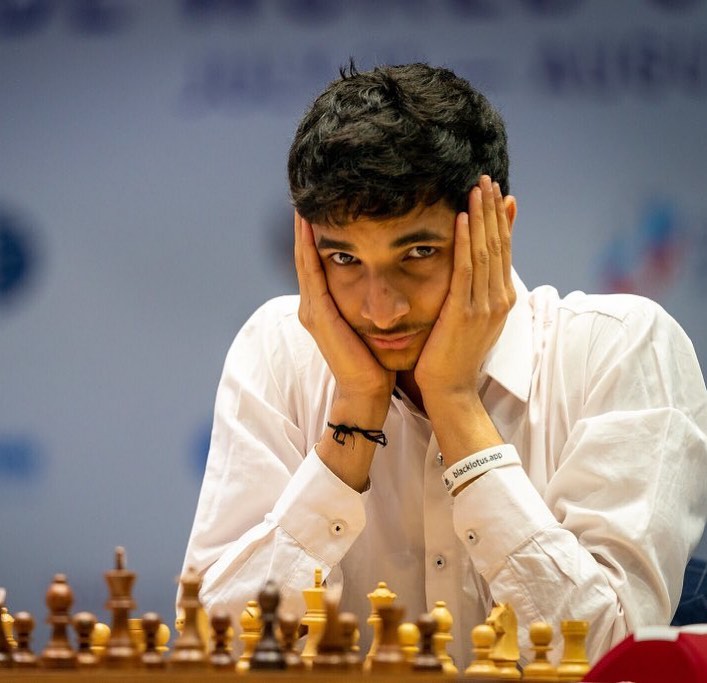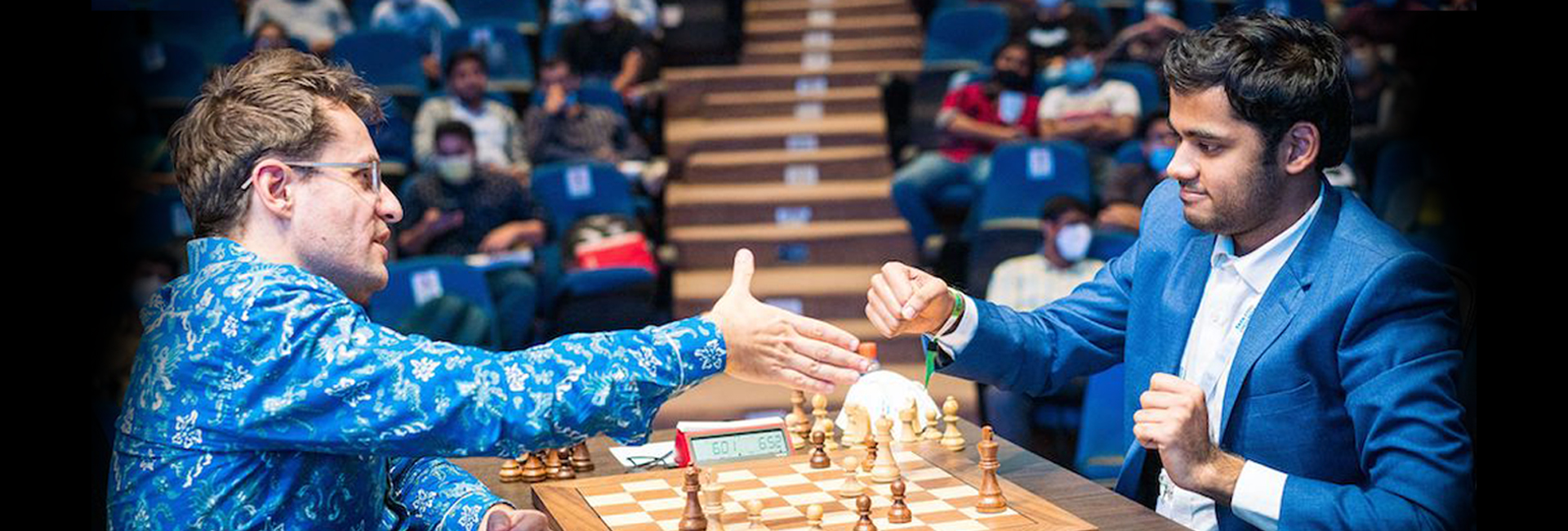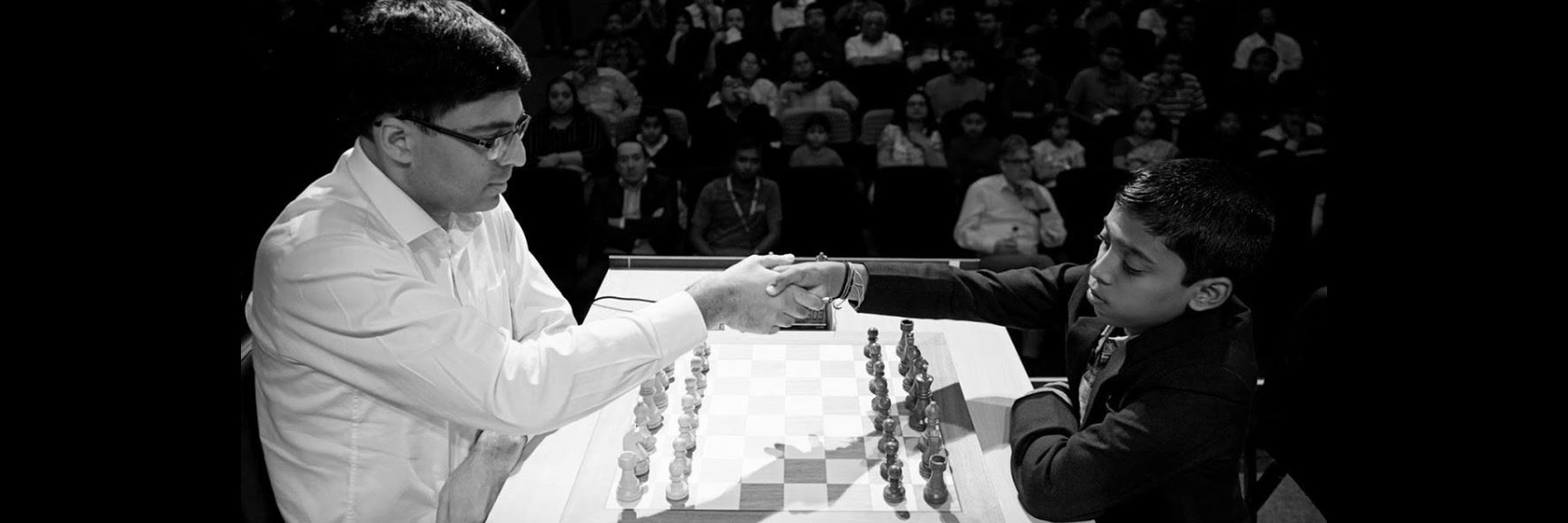(October 20, 2022) It’s what journalist Chidanand Rajghatta aptly describes as ‘the gold rush in Indian chess’. Teenage grandmasters are taking the global chess stage by storm, putting world champion Magnus Carlsen to shame over and over again. From the wide-eyed Praggnanandhaa to Arjun Erigaisi, D Gukesh, and Vidit Gujrathi, the Indian contingent is stronger than ever before, drawing admiration from within the country, and outside.
All three teenagers have enjoyed an outstanding run in 2022, their victories over Carlsen being the highlight of their growing list of accomplishments. “I think it just shows that Arjun and Gukesh are very, very strong players who can compete well against whoever is sitting on the other side of the board,” former five-time world champion Vishwanathan Anand said, commenting on the Indian cohort’s performance in the Aimchess Rapid in October. Global Indian takes a look at young champions who are making India proud on the world stage.
What’s the point of playing chess, one might ask. Does being able to strategise across the board make a difference to society? Just like anybody else with a purpose or a passion, India’s young grandmasters have made enormous sacrifices, showing great clarity of thought as they make life-changing decisions, like quitting school, for instance, to choose their passions. D. Gukesh and his father have slept in airports – the teenager who stunned Magnus Carlsen has played himself to the point of exhaustion. Arjun Erigaisi decided at 18 that college wasn’t for him. Entering the elite rungs of chess has meant hard work and single-minded passion for each one of the Indian stars.
Arjun Erigaisi
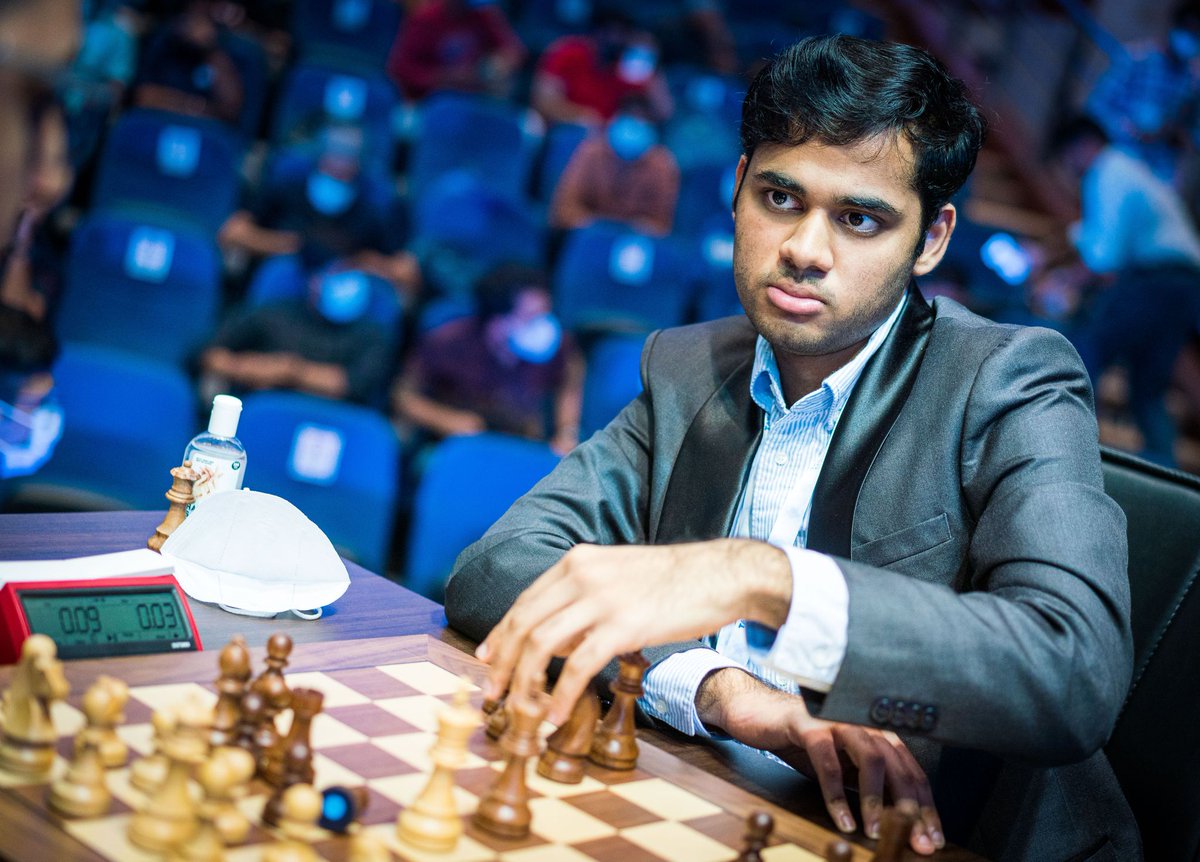
In 2021, Arjun Erigaisi made history when he became the first Indian to enter the quarterfinals of the Goldmoney Asian Rapid online chess tournament. He was the lowest-rated player when he entered and took on Levon Aronian (to whom he lost in the Aimchess Rapid after beating world champion, Magnus Carlsen). It was a magnificent show of talent – the 18-year-old proved himself against champions like Wesley So, Saleh Salem, Carlsen, and Anish Giri, to finish seventh.
Erigaisi, who lives in Hanmakonda with his family, was 13 years old when he qualified for the World Youth Championship in 2016. The youngster had begun training at the Race Academy in Hyderabad. In 2021, after the World Rapid and Blitz didn’t go his way, he knew it was time to make a choice. Erigaisi told his parents he wanted to quit college and requested their support. It was a life-changing decision in more ways than one and Erigaisi embarked on one of the best years of his chess career.
He began 2022 by winning the Tata Steel Challengers event with one round to spare, reaching a draw with the Czech Republic’s Thai Dai Van Nguyen. He was the fourth Indian to win the event. Even Magnus Carlsen, who doesn’t always concede with grace, had words of praise for the young teen, saying, “He is by far the best player (in the Challengers) and plays chess in a way that I enjoy.” In August, he also bagged the top spot at the 28th Abu Dhabi Masters (six of the top 10 spots went to Indians), going on to defeat Magnus Carlsen in October 2022 at the Aimchess Rapid, before losing out in the quarterfinals.
D. Gukesh
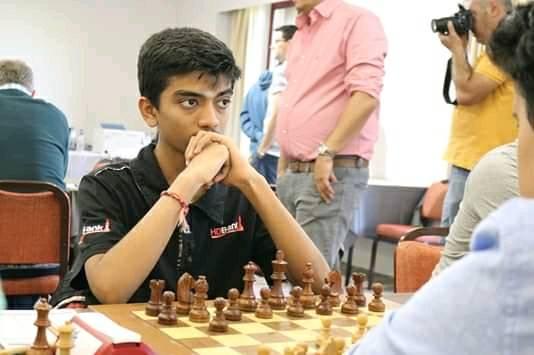

In October 2022, at the Aimchess Rapid, Donnarumma Gukesh made history, becoming the youngest player to beat the world champion, Magnus Carlsen. The 16-year-old, who was playing white, defeated the Norwegian champion in the 9th round, breaking Praggnanandhaa’s record by a hair. Surprisingly, the prodigy said in his post-game analysis, “Beating Magnus is always special, but I was not very proud of that game.” For a while, it looked as if Carlsen had the upper hand, only to have the tables turned by the gifted teenager.
When Gukesh’s father, Rajnikanth, noticed his son’s passion for chess, he remembered his youth. He had been an avid sportsman, playing cricket in school and making it to the state selections. His parents, however, wouldn’t hear of it, ensuring their son studied hard and became a doctor. So, when Gukesh made his passion known, he would come home from work, put his sleeping son into the backseat of the car, and drive all night across Tamil Nadu to take him to a chess tournament. “We would finish, I would put him in the car and drive back, then go to work on Monday.” When Gukesh began receiving invitations to compete at larger tournaments, his father closed his clinics and devoted himself to his son full-time.
Prolific and single-minded
Gukesh is single-minded about the game, showing little interest in other matters. For his father, there’s no debate whatsoever. “Let him choose,” he said, in an interview with ChessBase. “It’s not my decision. I could see his heart was in the game. My wife and I always needed to sit with him for his schoolwork but when he saw a book on chess or the board, he would put in everything he had.”
He’s also one of the most prolific players in the circuit. In 2021, soon after the pandemic, he played over a dozen tournaments in Europe in around four months. In 2021, when pandemic restrictions were still in place, Gukesh and his father booked one-way tickets to Europe. After the Portugal Chess Tour, they received an invitation from the European Club. Then came the Bulgaria Rapid and FIDE entered Gukesh as a wild card for the Swiss Grand Prix.
Gukesh and his father have often slept in airports as well. “We didn’t have any kind of lineage or background in the game, we were ignorant of how things were done and I guess that worked out well,” his father said. “If I see a good tournament, I can’t resist. He also wants to play. If a month passes without a tournament, he starts nagging me. He wants to play too, so I say yes.”
Vidit Gujrathi
